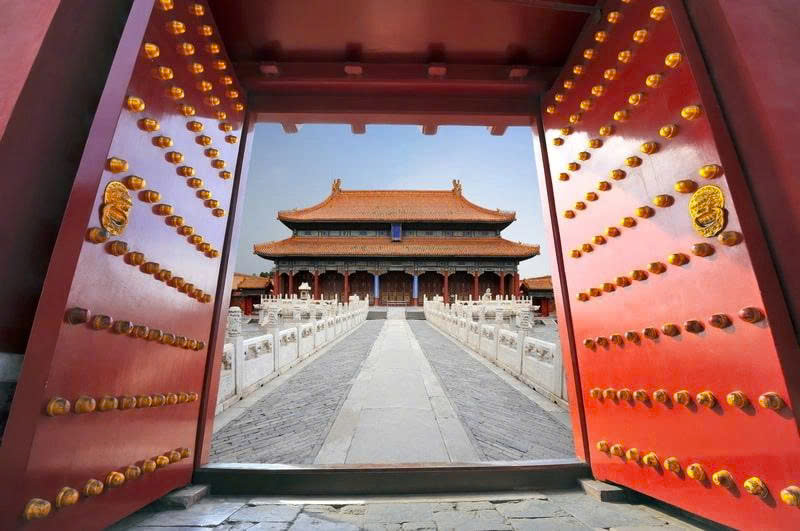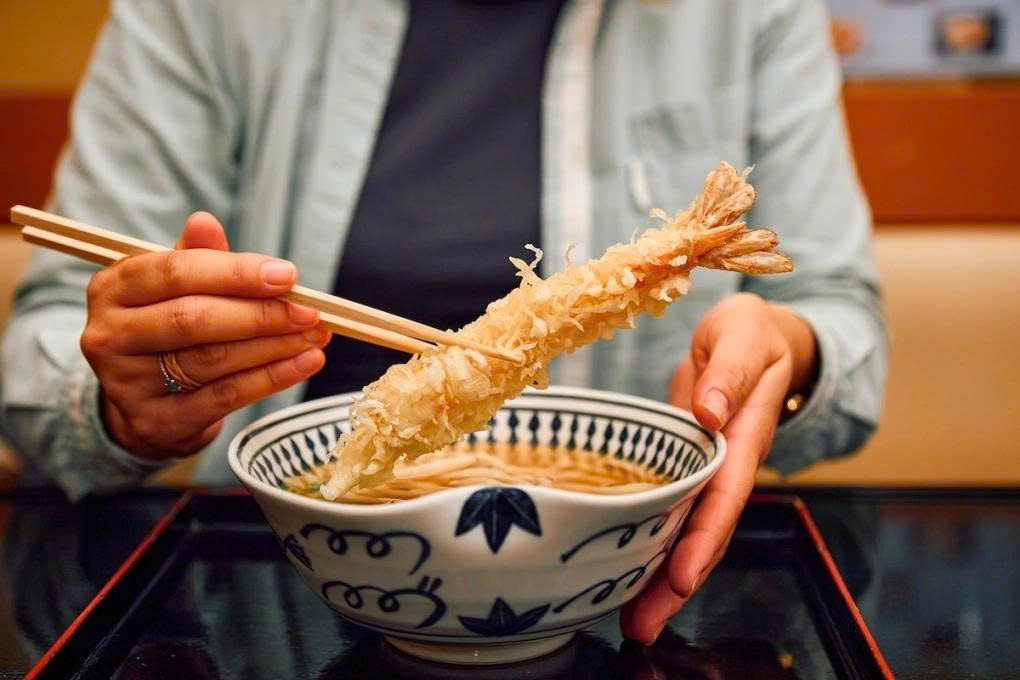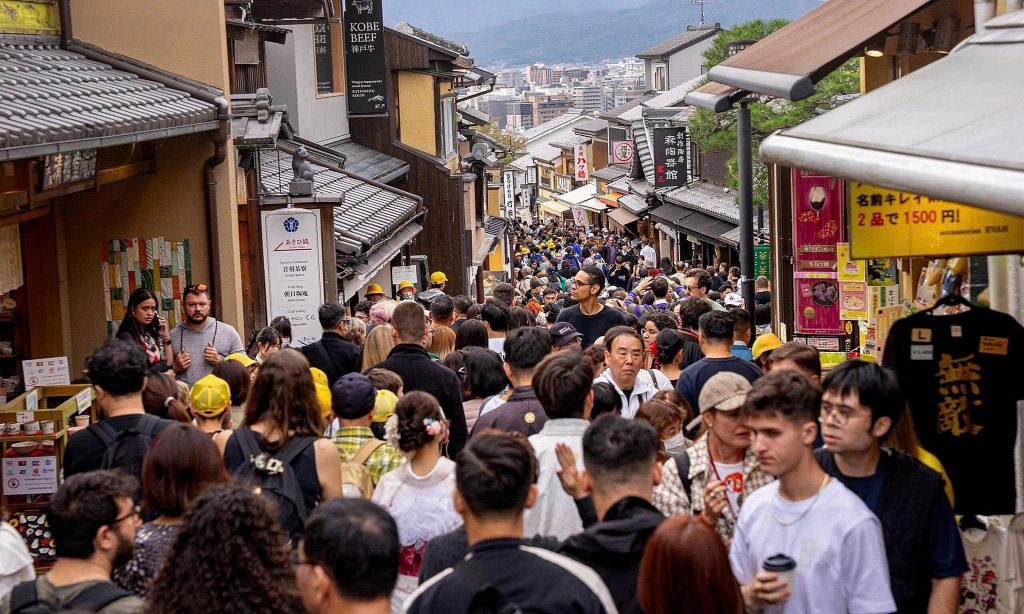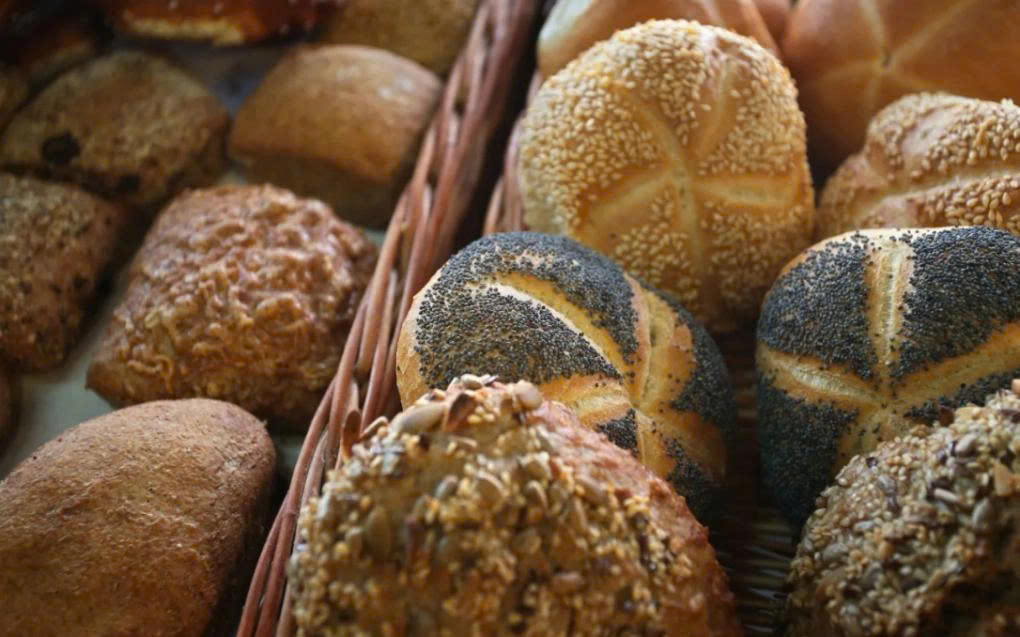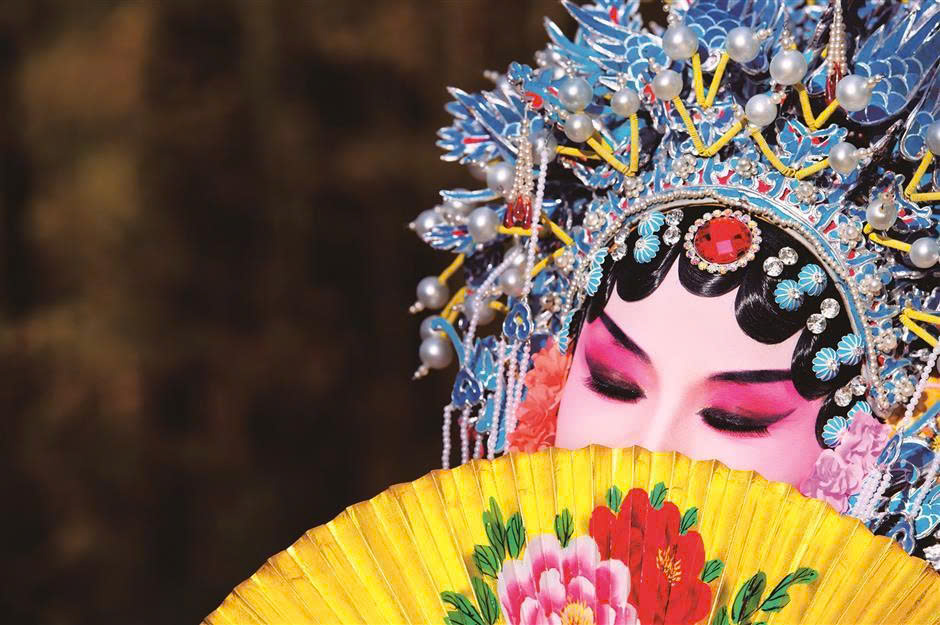The 81 gilded studs on the Meridian Gate (Wumen) of the Forbidden City in China are more than just decorative elements; they conceal the emperor’s immense power.
The Forbidden City (Gugong), located in the heart of Beijing, is one of the world’s most ancient and mysterious architectural marvels. With over 600 years of history, it served as the imperial palace for the Ming and Qing dynasties, holding numerous enigmatic tales. Among its prominent mysteries are the 81 door studs on its main entrance – the Meridian Gate.
The Meridian Gate, the Forbidden City’s primary entrance, is adorned with 81 gilded copper studs (mending), arranged in a 9×9 grid. These studs are not merely decorative but also hold significant technical and cultural meaning in ancient Chinese palace architecture.
Initially, these studs were made of wood to cover the iron nails reinforcing the large wooden doors, preventing aesthetic blemishes and potential injuries. As wooden studs were prone to decay, they were gradually replaced with more intricate gilded copper ones, symbolizing power and exclusively appearing on the residences of high-ranking officials.
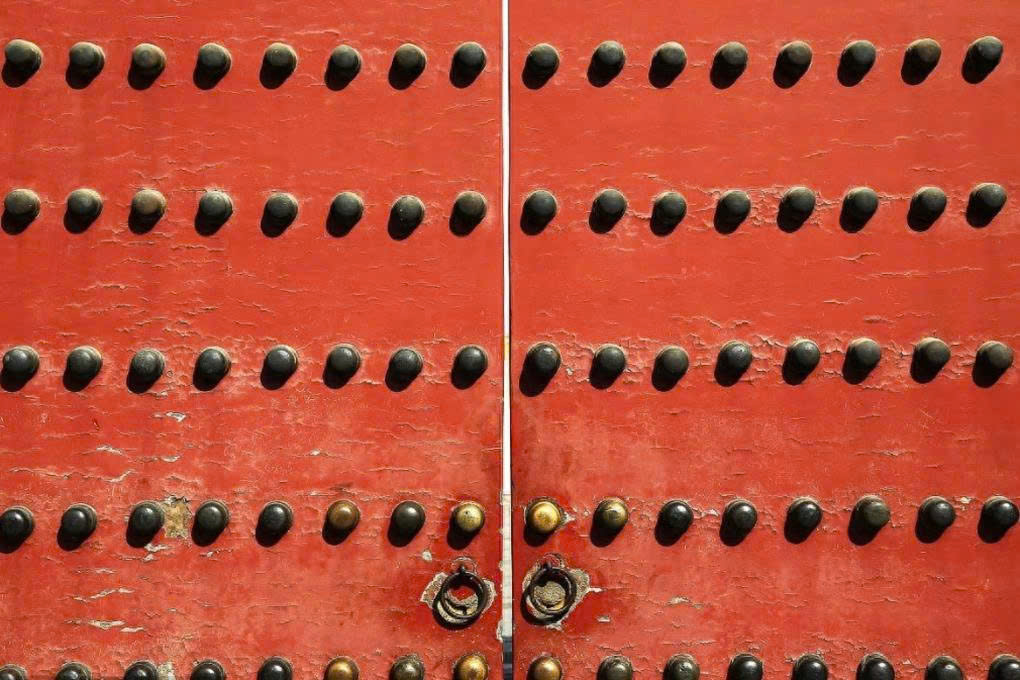
At the Forbidden City, the studs were typically arranged in a 9×9 pattern (81 studs) on the main gate, symbolizing the emperor’s supreme authority. People in ancient times avoided touching them to prevent sacrilege.
According to the Association For Asian Studies, the number 9 in ancient Chinese culture represents ultimate yang, supreme power, and the emperor’s longevity. The number 81, corresponding to the 81 studs on the Meridian Gate, not only signifies the Son of Heaven’s exclusive status but also emphasizes the Forbidden City’s solemnity, a place where only the emperor and high-ranking individuals were permitted entry and exit. This was not just a decorative element but also a ritualized display of power.
The number of door studs also reflected social hierarchy. The emperor’s main gate featured 81 studs, the East Flowery Gate (Donghua Gate) for officials had 72 studs, and the gates of princely mansions had 49 studs. Incorrectly using the number of studs was considered an affront to imperial authority and could result in severe punishment.
Local people and visitors often avoided touching the 81 studs due to Feng Shui beliefs. The Meridian Gate was not only an entrance but also a venue for important events, such as the promulgation of the imperial almanac or the trial of prisoners. Locals widely believed the Meridian Gate area carried heavy “yin energy” due to its association with executions, and visitors often avoided contact to prevent bad luck.
The door studs were also believed to possess “imperial aura,” capable of warding off evil spirits and bringing good fortune. During the Qing Dynasty, for the Lantern Festival, people were once allowed to touch the door studs for good luck, but only on this special occasion. With the changing times, the concepts of Feng Shui and reverence for imperial authority still make visitors hesitant when standing before the Meridian Gate.
Today, the primary reason no one is allowed to touch the 81 studs is to protect this cultural heritage. The Forbidden City welcomes millions of tourists annually, and thousands of people touching the studs could lead to wear and damage. The Forbidden City management has installed protective glass panels to prevent direct contact, ensuring the studs remain intact after more than 600 years. Preserving these details is a top priority to maintain the value of the Forbidden City, a UNESCO World Heritage site.
According to (Theo Sohu, Asian Studies)

